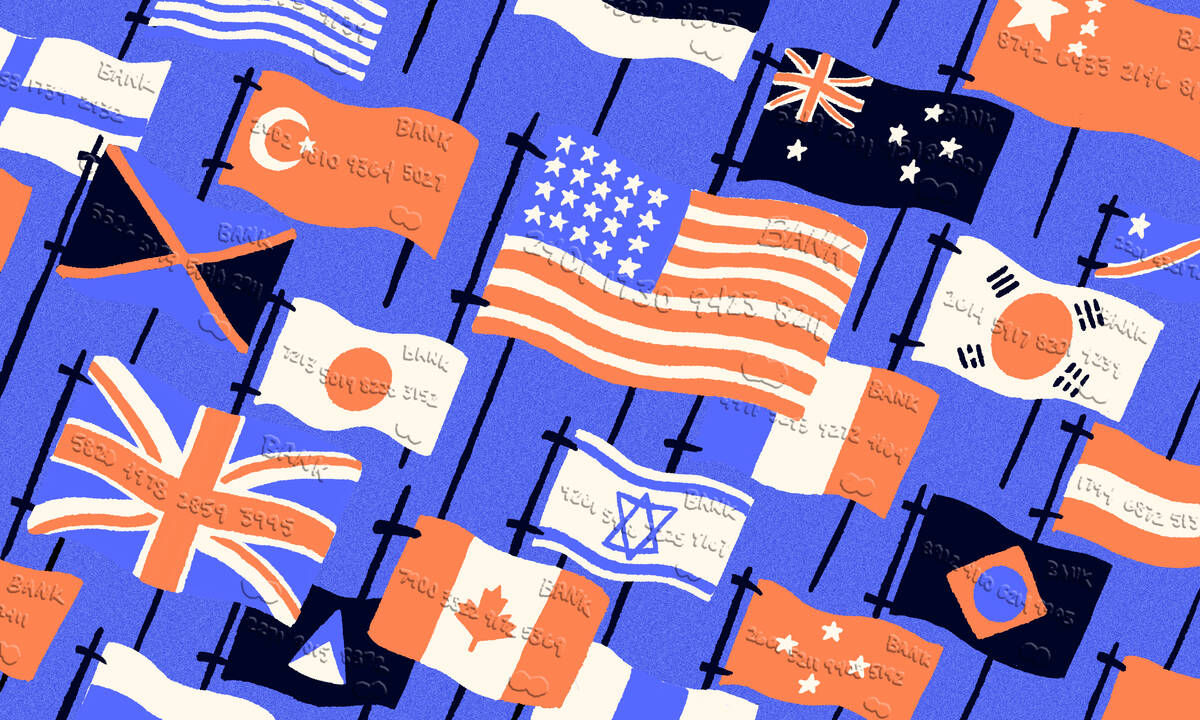Featured Faculty
Henry Bullock Professor of Finance & Real Estate; Director of the Crown Family Israel Center for Innovation; Co-Director of the Guthrie Center for Real Estate Research

Riley Mann
In 1995, after Moody’s downgraded the credit ratings of both Canada and Mexico, The New York Times columnist Thomas Friedman memorably quipped, “you could almost say that we live again in a two-superpower world. There is the U.S. and there is Moody’s. The U.S. can destroy a country by leveling it with bombs; Moody’s can destroy a country by downgrading its bonds.”
Twenty-five years later, the quip would look a little different, with China joining the ranks of superpower. But as the world attempts to respond to a deadly—and costly—pandemic, it is clear that the power that ratings agencies such as Moody’s and S&P hold over cash-strapped governments hasn’t gone anywhere. In fact, in a new study with a colleague, I find that ratings have never been more important.
To understand why, consider that credit ratings are not determined arbitrarily by the credit-rating agencies. Rather, they are driven by a country’s economic prosperity, the quality and stability of its political institutions, and its public debt. And over the last few decades, that public debt has exploded.
Among advanced economies, debt to GDP has increased from about 50 percent in 2000 to more than 70 percent in 2019, with countries such as Japan (at 235 percent), Greece (179 percent), Italy (131 percent), and Portugal (123 percent) “leading the pack” in terms of government indebtedness. Take, for example, France, which in 2000 had a debt-to-GDP ratio of 58.9 percent and now hovers around 100 percent, or the UK, which grew from 36.8 percent in 2000 to 85.9 percent in 2018. And let’s not forget about the U.S., which grew from 55.6 percent in 2000 to 106.9 percent in 2019.
Governments and central banks have responded to the COVID-19 pandemic and the resulting economic devastation using both fiscal and monetary tools on a scale that the world has not witnessed before. For example, the U.S. fiscal policy response under the CARES Act is currently estimated at $2.3 trillion (about 11 percent of GDP). In Germany and Japan, the fiscal response has been even larger as a percentage of GDP, amounting to 32.9 percent and 22.0 percent of GDP respectively.
To pay for many of these programs, governments around the world will need to take on more debt—and their ability to do so will depend on their access to financial markets.
Governments and central banks have responded to the COVID-19 pandemic and the resulting economic devastation using both fiscal and monetary tools on a scale that the world has not witnessed before.
— Efraim Benmelech
In a recent study with Nitzan Ben-Tzur of the Kellogg School of Management, I look into the factors shaping the fiscal and monetary policies that have been adopted by various nations. Our study finds that across the world, fiscal spending in response to the COVID-19 crisis is considerable: on average, fiscal spending (including loans guaranteed by the government) is 7.7 percent of GDP. For high-income countries—those with GDP per capita above the world’s median—spending is even higher.
And which factor can be most directly tied to spending?
To find out, we ran a statistical “horse race” between a number of macroeconomic variables such as GDP per capita, population size, debt to GDP, government expenditures to GDP, the number of COVID-19 cases, and the central government credit rating. Of all of the macro variables we considered, we found that one variable showed up consistently as the strongest determinant of fiscal policy—a stronger factor than GDP per capita or even the spread of the virus. And that factor was a country’s pre-crisis sovereign credit rating.
These findings demonstrate that a nation’s ability to deploy fiscal policies is limited by its access to credit markets.
Governments’ credit ratings have been hit hard in this crisis. According to Marc Jones of the World Economic Forum, S&P has already made 19 sovereign downgrades, while Moody’s estimates that the virus will push up debt in the world’s richest nations by close to 20 percentage points.
But once this crisis is over, countries around the world should work hard to improve their creditworthiness. Because, as it turns out, countries with lower credit ratings are not able to use fiscal-policy tools effectively during economic crises. And, after all, you never know when the next crisis will hit.
*
This article originally appeared in Forbes.